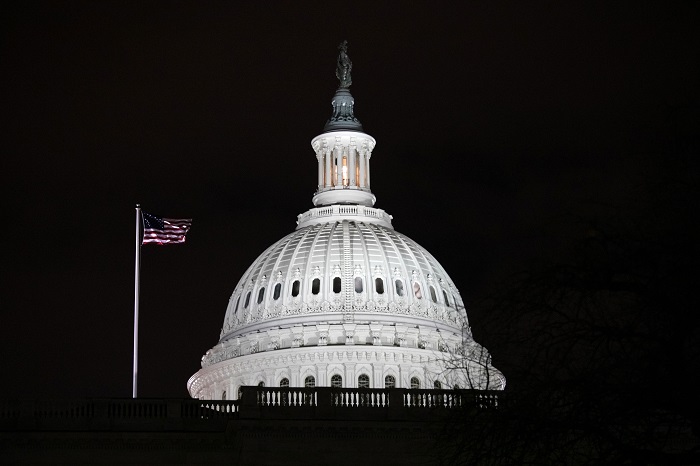Across the U.S. accountants are about to experience an income tax season that threatens business survival as a result of new research and experimentation expenditure treatment under Section 174.
So, what is Section 174? In 2017, Congress passed the Tax Cuts and Jobs Act and, among other things, changed the treatment of Section 174 “specified research and experimental” expenditures, generally referred to as research and development, and software development expenditures. This change did not go into effect until 2022; for tax years beginning in 2022 and afterward, Section 174 SRE expenditures are required to be capitalized and amortized over five years (15 years for foreign research). Prior to the change, taxpayers were given the option to deduct the expenditures in the current year or capitalize and amortize these expenditures.
How is the change impacting accountants?
Section 174 affects the timing of SRE expenditures, requiring them to be capitalized and amortized. This loss of immediate deductions creates additional tax liability for many taxpayers in the short term. However, due to the timing difference with the amortization, the taxes even out over the long term.
Accountants should pay attention to how these expenditures are being handled as failure to adequately account for Section 174 expenditures is a compliance risk that could yield penalties and interest. Further, the expenditures under Sections 174 and 41 require different treatment. Section 41 is essentially a subset of Section 174, which means Section 174 is broader than the definition of research expenditures under Section 41.
All accountants should note that the amortization of SRE expenditures is required under Section 174 regardless of whether a taxpayer claims the R&D credit. Many taxpayers who are unfamiliar with the rules will find themselves out of compliance.
What kinds of expenditures are subject to Section 174 capitalization?
The items below are not exhaustive but cover some of the more common expenditures:
- Labor costs (full-time, part-time, contract employees, and independent contractors), including all elements of compensation except severance pay;
- Material and supply costs;
- Depreciation, amortization or depletion allowances for assets used in SRE activities;
- Patent costs;
- Certain operation and management costs (rent, utilities, etc.);
- Certain travel costs.
What is the impact on business cash flow if no action is taken?
Taxpayers could miss out on up to $85,000 in R&D tax credit savings for every million spent. As mentioned earlier, the requirement to capitalize and amortize the expenses is a timing difference. Whereas there are increased taxes in the short term, in the long term the timing difference evens out. On the other hand, the R&D tax credit is a permanent part of the Tax Code and typically provides immediate benefit to the taxpayer. Failure to claim the Section 41 R&D tax credit could cost taxpayers up to $85,000 for every $1 million in R&D expenditures annually.
Which industries are being impacted the most by Section 174?
While Section 174 will affect all industries and companies that perform research, the software industry appears to be taking the biggest hit as the TCJA specifically called out software development expenditures.
Why is the software industry hit hardest?
The IRS published
The Section 174 change also poses a significant challenge for startup taxpayers who are funding their development without conventional capital sources. A considerable number of these taxpayers fail to survive the first five years. The expenditures of these types of companies are very heavily weighted toward research and experimentation as they struggle to get a viable product in the market. The ability to deduct those expenditures had at times kept these businesses operational in the past.
Because SRE expenditures are not industry specific, all industries are potentially impacted. Manufacturing companies, engineering firms and pharmaceutical makers are just some of the industries that typically have large research and development efforts annually.
How can accounting teams manage the impact of Section 174 changes?
First, understand the nature of your client’s business. If they are developing a product or software, there will likely be Section 174 expenditures to account for. Next, taxpayers who think their activities may fall under Section 174 should document all activities and expenses related to their SRE expenditures and work with their tax advisors to determine whether their expenses must be capitalized. If the accountant is not comfortable with the application of the new rules, seek out a specialist. It is possible the IRS could create a compliance campaign on this issue in the future.
Finally, take action! Determine the best path forward to address the uncertainties from Section 174 and also claim any associated Section 41 R&D tax credit benefits in the process. The Section 41 R&D credit is one of the few incentives that offsets the increased taxes from Section 174.
Credit: Source link











